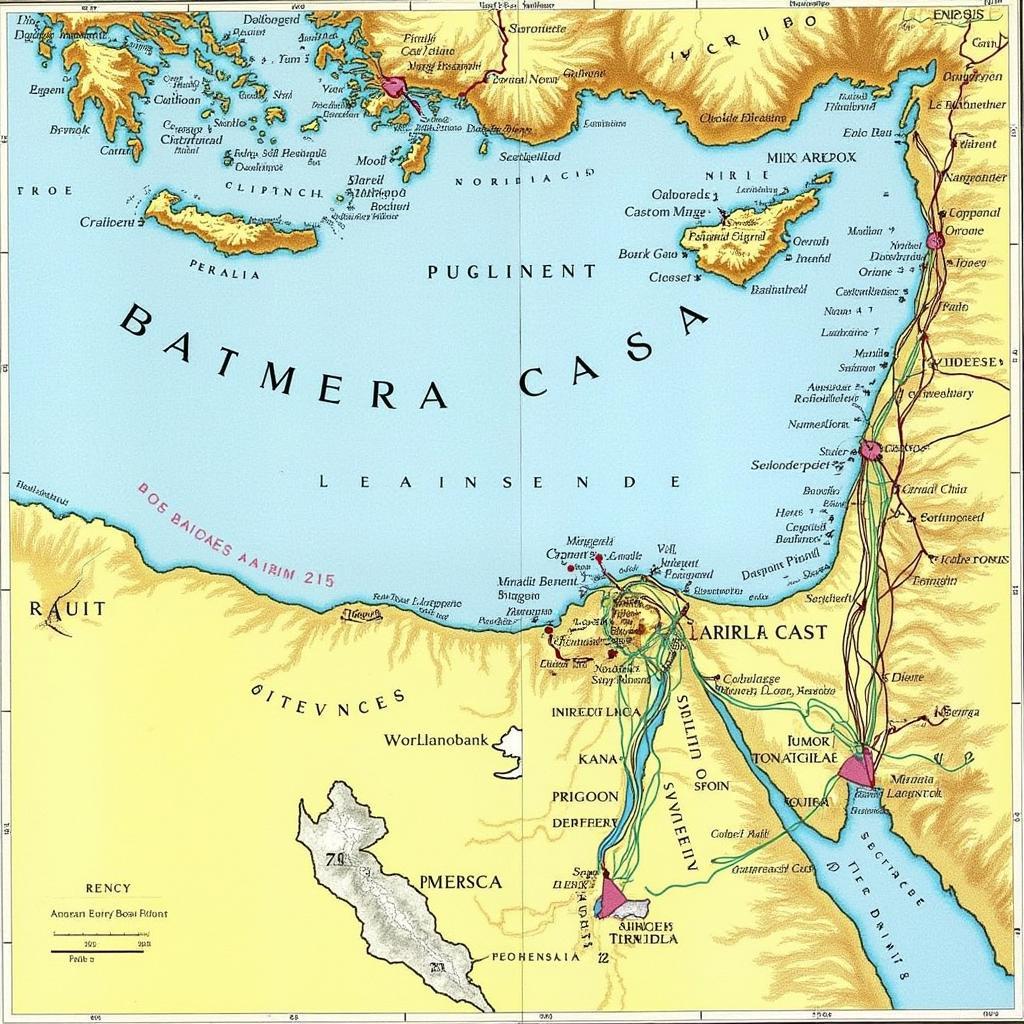African Coast Names UPSC: A Comprehensive Guide
African coast names are a crucial topic for the UPSC exam, encompassing geography, history, and international relations. Understanding these names helps aspirants analyze geopolitical dynamics and historical trade routes. This guide will delve into the significance of these coastlines, exploring their history, geographical features, and relevance to the UPSC syllabus.
Exploring the Significance of African Coast Names for UPSC
Why are African coast names so important for the UPSC exam? They provide a geographical context for historical events, trade routes, and colonial influences. Knowing the location and characteristics of these coasts is vital for understanding Africa’s role in global affairs. Moreover, it’s crucial for analyzing current maritime issues, resource management, and international collaborations.
The Barbary Coast: A Historical Hotspot
The Barbary Coast, stretching across North Africa, holds immense historical significance. From ancient empires to the era of piracy, this coastline has witnessed power struggles and cultural exchanges. Understanding its history is crucial for grasping the complexities of the Mediterranean world.
 Barbary Coast Piracy Map
Barbary Coast Piracy Map
The Gold Coast: A Hub of Trade and Culture
The Gold Coast, located in West Africa, played a vital role in the transatlantic slave trade. Its rich resources, including gold and ivory, attracted European powers, shaping the region’s history and impacting global trade. Studying this coast is essential for comprehending the complexities of colonialism and its lasting consequences.
The Horn of Africa: A Geopolitical Crossroads
The Horn of Africa, strategically positioned at the entrance to the Red Sea, has been a geopolitical crossroads for centuries. Its unique location has made it a focal point for international trade, migration, and conflict. Understanding this region’s dynamics is crucial for analyzing contemporary geopolitical issues.
Navigating the Coastlines: Key Geographical Features
Each African coast possesses unique geographical features that have influenced its history and development. From the sandy shores of the Skeleton Coast to the fertile deltas of the Nile, these landscapes have shaped human settlements, trade routes, and resource exploitation.
Coastal Landforms: Understanding the Terrain
Understanding the various coastal landforms, such as bays, estuaries, and cliffs, is essential for analyzing the strategic importance of different locations. These features have impacted trade, defense, and resource accessibility throughout history.
Climate and Vegetation: Shaping Coastal Life
The diverse climates and vegetation along the African coasts have significantly influenced human activities and settlement patterns. From the arid deserts of the Sahara to the tropical rainforests of West Africa, these environmental factors have shaped the region’s cultural and economic development.
Conclusion: Mastering African Coast Names for UPSC Success
Mastering the names and characteristics of African coasts is essential for UPSC aspirants. By understanding their historical significance, geographical features, and geopolitical importance, you can gain a deeper understanding of Africa’s role in the world. This knowledge will be invaluable for tackling the UPSC exam and navigating complex global issues.
FAQs about African Coast Names
- What is the significance of the Cape of Good Hope?
- How did the Slave Coast get its name?
- What are the major ports along the East African coast?
- What is the geographical significance of the Gulf of Guinea?
- What are the environmental challenges facing the African coasts?
- How does the Suez Canal impact trade routes around Africa?
- What are the key geopolitical issues in the Horn of Africa?
For further assistance, please contact us at Phone Number: +255768904061, Email: kaka.mag@gmail.com Or visit our office at Mbarali DC Mawindi, Kangaga, Tanzania. We have a 24/7 customer service team.

